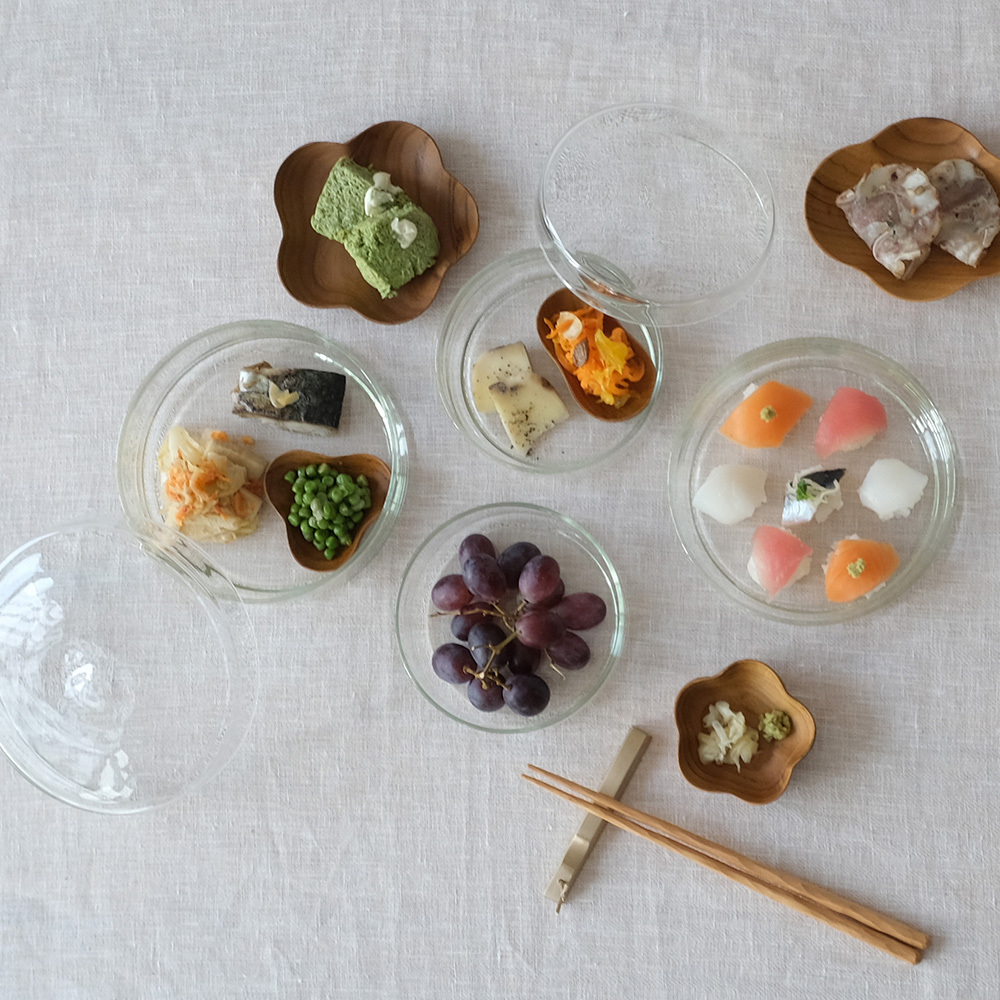
Crown glass canisters (2 sizes) that can be used to store food or as interior decoration
These canisters not only store things but also make them look beautiful. They can be used in restaurants to keep food fresh and create a beautiful table setting, or in hotels and other accommodations to store aromatherapy products and potpourri to create a more inviting atmosphere in the room. They are a product that can meet the needs of a variety of industries.
Product description
This canister, with its unique translucency and sheen, will add a touch of elegance to your table. Serve your food in it, and then stylishly store any leftovers with the lid on. It can be placed anywhere in your home, making it a great place to store accessories and small items.
Material information
Lew's glass is recycled glass. Commonly referred to as "recycled glass" or "reclaimed glass," it is made by recycling glass that was once discarded or no longer needed. Lew's glass is therefore attracting attention as an environmentally friendly, sustainable approach to society. Each Lew's glass product is handmade by artisans. It is made using a technique called "mold-blowing," in which molten glass is scooped up with a rod and blown into a mold. Therefore, even within the same series, no two pieces are exactly alike. Enjoy the subtle wrinkles, small bubbles, and subtle variations in the glass's surface, a unique feature of handmade glass. Furthermore, the texture of Lew's glass brings a unique warmth and rustic quality to glass products, which tend to have a rather inorganic feel. Another attractive feature is the slightly thin and lightweight construction unique to blown glass. There may be flowing glass, small bubbles, or raised areas at the mouth of the glass, but these are caused by the glass flowing during heat treatment after being cut from the blowpipe, and are also a characteristic of blown glass. Crown Glass is a registered trademark of our company, made from recycled glass.
Precautions
Because our products are produced using a technique called "mold-blowing," in which molten glass is scooped up with a rod and then blown into a mold to define the shape, slight variations in size, volume, and weight may occur, as well as variations in shape and distortion. During the "fire-cutting" process, in which the glass is cut after blowing, thicker or larger products may develop brown lines that resemble burnt marks. Fine wrinkles, thin lines, small bubbles, black spots, or protrusions may be visible on the surface. Furthermore, the surface may become powdery white during storage. Please note that this is due to the characteristics of glass and the manufacturing process. When cleaning glass, use a mild detergent. Avoid using a dishwasher or dish dryer, as this may cause damage. Do not use cleansers, abrasives, or sponges with abrasive particles that may scratch the glass.